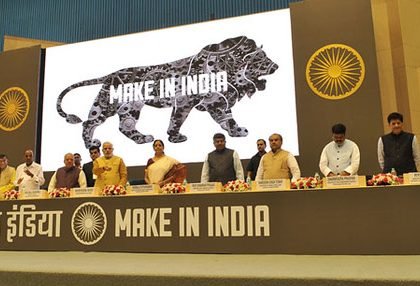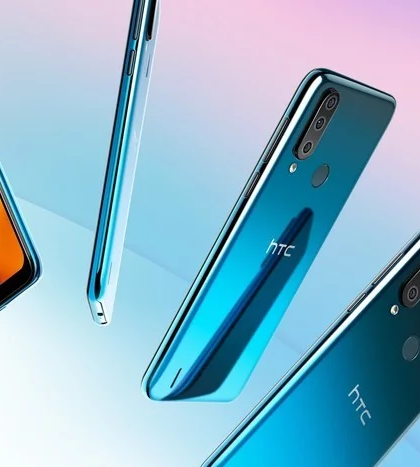Satellite navigation purists who wanted India’s very own location mapping system—'Navigation with Indian Constellation' (NavIC)— in action, have a reason to celebrate. Qualcomm Technologies, the well-known American telecommunications equipment company, is releasing chipsets that support NavIC, instead of US's Global Positioning System (GPS).
The project was completed under the guidance of Indian Space Research Organisation (ISRO). An ISRO spokesperson explained that the chipsets will help accelerate NavIC adoption by smartphone manufacturers. Smartphone manufacturers can now release new NavIC-enabled models for the Indian market.
He added, “This will make NavIC as a standard feature in the upcoming handsets, applications, processors, etc. It will also enhance the geo location capabilities of smartphones within the coverage region of NavIC."
The support of Indian engineering to Qualcomm is making this brand-new change happen. It will help accentuate NavIC adoption, and boost geo location capabilities of mobile, automobiles, and Internet of Things (IoT) solutions. You will soon be able to see cars fitted with fast and accurate navigational systems. This means you won’t have to rely on Google Maps on your phone.
Following a recent update, the Qualcomm Location Suite can now support up to 7 satellite constellations simultaneously. It can use all of NavIC’s operating satellites for accurate pinpointing of a target’s location. The satellites use faster time-to-first-fix (TTFF) position acquisition with through a robust system.
On this development, ISRO Chairman K Sivan, Department of Space said, “NavIC is a critical step forward in our pursuit of harnessing space technology for national development and we are eager to make it accessible to everyone for their day to day use."
He added, "Qualcomm’s technology leadership and support for NavIC on their mobile platforms will bring the benefits of this indigenous solution to every Indian. ISRO appreciates Qualcomm for enabling the technology demonstration of NavIC support on mobile platform for the very first time.”
I remember talking about India’s own global positioning system in a previous blog of mine. It’s great to see it finally happening!










